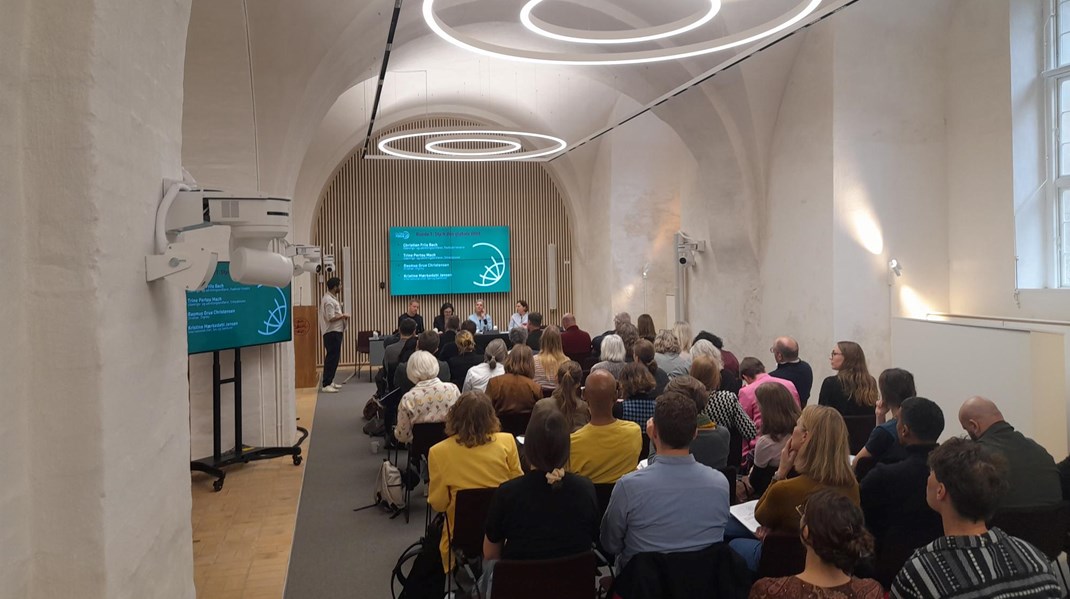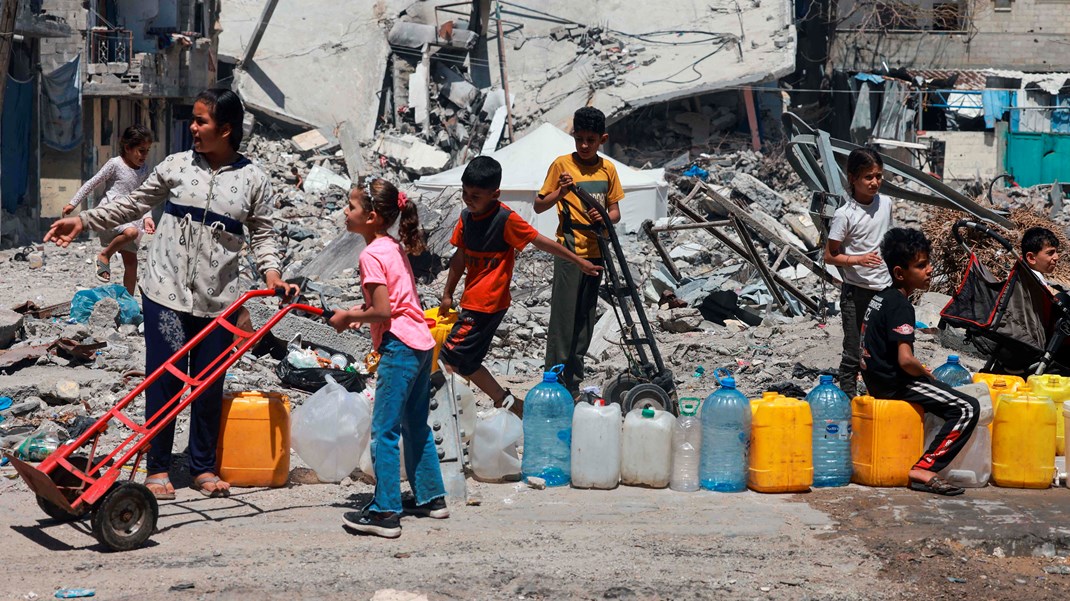Horn of Africa drought: Lessons learned?
This paper was produced for a meeting of the Inter-Governmental Authority for Development (IGAD) in Addis Ababa, Ethiopia, 19-21 January 2017
SUMMARY – KEY MESSAGES
• The failure of the 2016 October-December rains across parts of the Horn of Africa has led to a devastating drought in Somalia, south-eastern Ethiopia, and northern and eastern Kenya. More than 15 million people in these three countries are facing food and water shortages, and famine is now a possibility in Somalia.
• The drought follows one of the strongest El Niño events on record, and many of the affected areas have seen the failure of successive rains, with cumulative impacts that have exhausted the coping strategies of vulnerable communities.
• Forecasts suggest the next rains in affected areas – expected from March-May – may also be below-average.
• In Somalia, 5 million people need humanitarian assistance. In Ethiopia, 5.6 million people need emergency food assistance and 9.2 million require safe water. In Kenya, 1.3 million people are facing food shortages.
• Since the 2010-11 hunger crisis in the region, much work has been done and concrete gains made in terms of preventing the worst impacts of drought. However, in the face of overwhelming climate shocks, humanitarian interventions are still urgently needed.
• Governments, donors and the international community must act quickly on the lessons learned in 2010-11 to protect the hard-won gains of recent years and prevent this crisis becoming a catastrophe. Time is running out.


